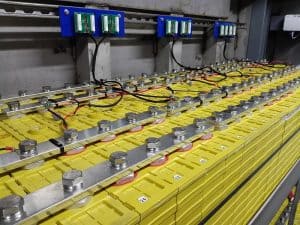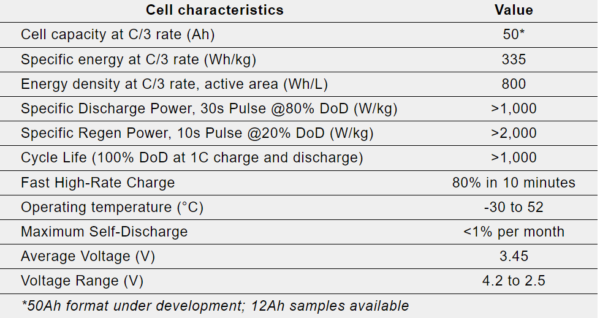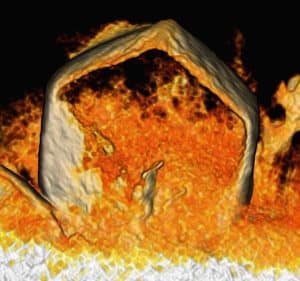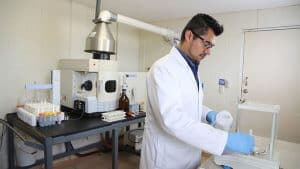
Ionblox announced it has received $32 million in funds following a second close of series B funding. The funds, provided by Lilium, Applied Ventures, Temasek, and Catalus Capital, are expected to help the startup scale its high-power cells for electric aviation and prototype its fast-charge electric vehicle (EV) cells.
The batteries are developed with lithium-ion cells that have pre-lithiated silicon dominant anodes. Ionblox said the technology leads to a powerful combination of 50% greater energy density and five times more power over lithium-ion batteries, while enabling fast-charge times of 10 minutes. The cell performance has been verified by Idaho National Laboratory.
A rapid charge can power 80% of the battery’s capacity in 10 minutes. For a 300-mile vehicle, this means you can charge 240 miles in the time it would take to stop at a normal gas station. Idaho Labs tests of 12 Ah pouch cells confirmed energy density of 315 Wh/kg. The battery can operate 1,000 charge cycles at the C/3 charge rate while retaining nearly 90% of original capacity.

The company said the breakthroughs in battery capability are particularly well-suited for cutting-edge electric aircraft like Vertical Take-off and Landing Aircrafts (eVTOL), where weight must be minimized, and power output maximized. The large-format pouch cells of up to 50 Ah, which also have applications in ground EVs, are currently being built on Ionblox’s pilot production lines.
“The Ionblox technology enables one of the highest performance cells for eVTOL aircraft existing today,” said Yves Yemsi, chief operating officer at Lilium. Yemsi’s company will work to integrate the new battery tech into its conforming aircraft, the Lilium Jet.
“Test results to date are showing the technology will deliver not only superior energy and power density for the Lilium Jet at launch but also very good aging performance,” said Yemsi. Lilium said it will support continuous improvement and industrialization of the technology.

Image: Ionblox
The battery provider received a development contract from the United States Advanced Battery Consortium to develop low-cost, fast-charge EV batteries. Ionblox is also partnering with Applied Materials for semiconductor equipment supply.
This second Series B round builds on a $24 million investment round in October, 2022. Founded in Fremont, California in 2017, as Zenlabs, Ionblox has more than 40 issued patents for pre-lithiation for all types of silicon-based anodes.





